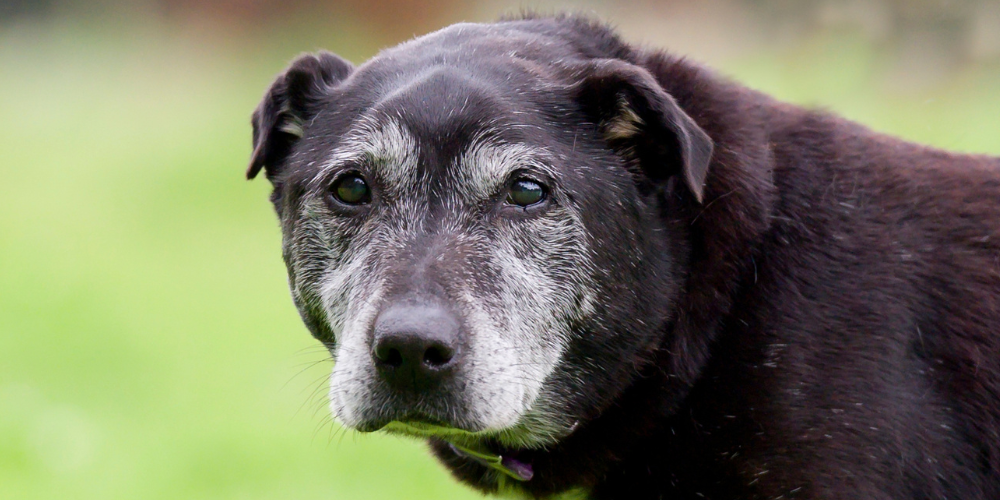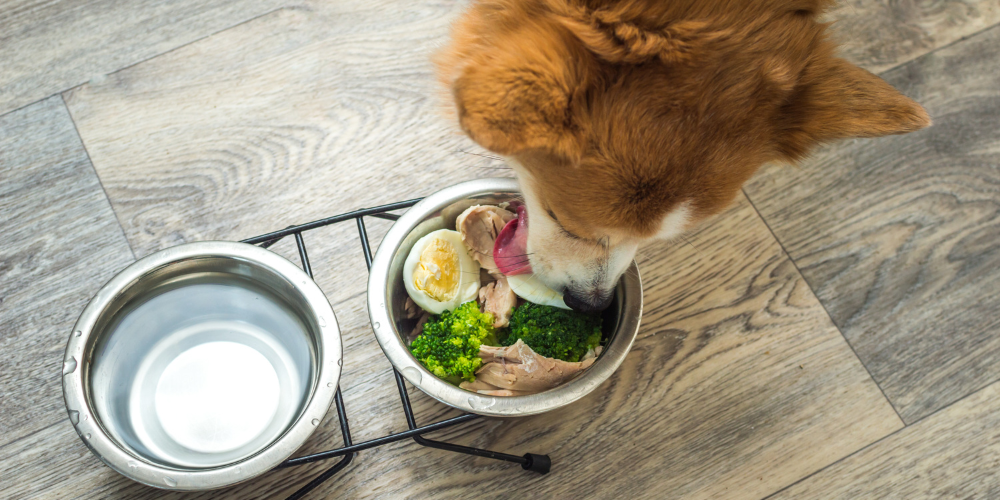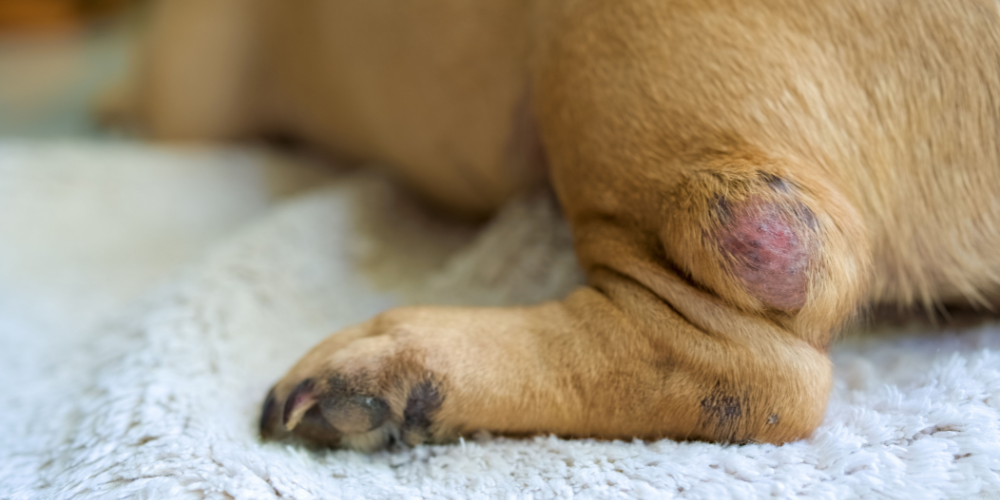
Kidney disease in dogs is more common than you might think, especially as they get older. If you’ve noticed changes in your dog’s appetite, energy, or bathroom habits, it could be time to look a little deeper.
While hearing the words "kidney disease" can be scary, knowing the signs, causes, and how to manage it can make a world of difference. Let’s explore what it all means and how you can help your dog feel their best.
What Is Kidney Disease in Dogs?
Kidney disease happens when your dog’s kidneys stop doing their job properly. These little organs work hard to filter waste, balance fluids, and regulate minerals in your dog’s body. When they’re not functioning, toxins can build up, which can lead to health issues.
There are two types of kidney disease:
- Chronic kidney disease (CKD): This develops slowly over time and is common in older dogs.
- Acute kidney disease: This comes on suddenly, often caused by toxins or infections, and requires urgent care.
Both types can impact your dog’s quality of life, but with the right care, many dogs with kidney disease can live happy lives for years.
What Causes Kidney Disease?
Kidney disease can be caused by a range of factors, and understanding them can help you take preventative steps:
- Age-related wear and tear: As dogs age, their kidneys naturally become less efficient, making older dogs more susceptible to chronic kidney disease (CKD).
- Toxins: Ingesting harmful substances like antifreeze, certain human medications (like ibuprofen), and poisonous plants can severely damage kidney function.
- Bacterial or viral infections: Conditions such as leptospirosis or urinary tract infections can spread to the kidneys, leading to inflammation and damage.
- Dehydration: Chronic dehydration stresses the kidneys, potentially leading to long-term damage over time.
- Underlying health conditions: Diseases such as diabetes, high blood pressure, or heart conditions can contribute to kidney disease in dogs.
- Genetics: Some breeds are predisposed to kidney problems, such as Bull Terriers, Shih Tzus, and Dobermans.
- Dietary factors: A diet high in phosphorus or low-quality protein can contribute to kidney strain, particularly in dogs already at risk.
- Kidney stones: Blockages caused by kidney stones can lead to inflammation and damage to the surrounding tissue.
Preventative care, like providing fresh water, a balanced diet, and regular vet check-ups, can go a long way in reducing your dog’s risk.
Recognising the Symptoms
Kidney disease can sneak up on your dog, but knowing the signs means you can act quickly. Keep an eye out for:
- Increased thirst and urination
- Changes in bathroom habits, such as accidents in the house or difficulty urinating
- Loss of appetite
- Weight loss
- Vomiting or diarrhoea
- Lethargy or depression
- Bad breath with a chemical or ammonia-like smell
If you notice any of these, especially if they appear suddenly, a trip to your vet is a must.
How Is Kidney Disease Diagnosed?
Your vet will likely perform blood tests and a urinalysis to check your dog’s kidney function. These tests measure things like creatinine and blood urea nitrogen (BUN), which can indicate how well the kidneys are working. In some cases, your vet might also recommend imaging, such as an ultrasound, to get a clearer picture of the kidneys.
Managing Kidney Disease in Dogs
The good news is that kidney disease isn’t always a death sentence. With the right care and lifestyle changes, your dog can continue living a happy, tail-wagging life. Management strategies include:
- Specialised diets: Low-protein, low-phosphorus diets are easier on the kidneys and help slow disease progression.
- Hydration: Encourage your dog to drink plenty of water or consider fluid therapy if dehydration is an issue.
- Medications and supplements: Your vet may recommend medications to manage symptoms or supplements to support kidney function.
- Regular check-ups: Ongoing monitoring helps track the progression and tweak treatment plans as needed.
How to Help Your Dog Stay Comfortable
Living with kidney disease doesn’t have to be a struggle. Here are some tips to keep your pup comfortable:
- Stick to their treatment plan, including dietary changes.
- Offer smaller, more frequent meals if appetite is an issue.
- Provide plenty of fresh water in easily accessible spots.
- Make their resting area cosy and stress-free.
Summary
Kidney disease in dogs can feel overwhelming, but with early detection and proper management, they can still enjoy life to the fullest. Keep an eye out for symptoms, consult your vet regularly, and focus on providing the best care possible.
If you’d like more information about dog health check out our other blog posts or if you're looking to find the right products for your pet’s needs, check out our dog health collection.
Because when it comes to keeping your dog happy and healthy, we’re here to help every step of the way.


